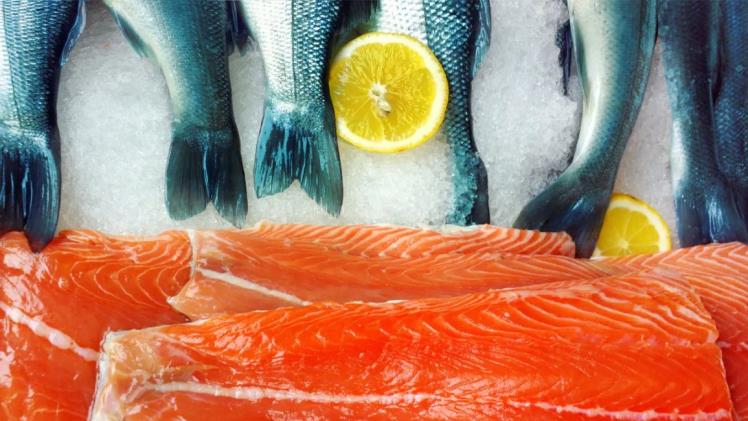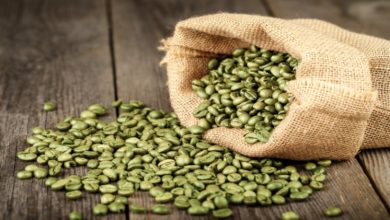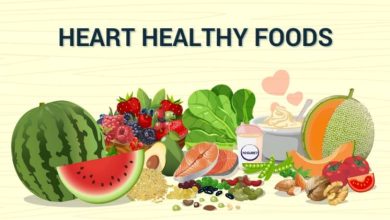Which is the best fish to eat?

There are many types of white fish available in the market, each with its own health benefits. The most common types are salmon, mackerel and herring. However, you can also find other types such as sardines and fresh tuna on sale at your local supermarket or fishmonger’s shop.
The health benefits of fish
The health benefits of fish
- A good source of protein: whitefish fish is a great source of protein, which keeps you feeling full longer and helps you lose weight.
- Omega-3 fatty acids: A study published in the Journal of Nutrition found that people who eat fish at least twice a week have lower blood pressure than those who don’t eat it regularly.
- Vitamin D: Eggs, milk and cheese are great sources for vitamin D but they don’t have much in them because they’re produced when sunlight hits it (which isn’t always enough). Fish can help fill this gap by providing us with plenty of vitamin D throughout the year—even during winter months where we might not get enough daylight hours!
- Selenium: Another mineral found naturally in fish is selenium; studies show that eating more seafood lowers our risk for cancer by up to 50%!
Fish such as salmon, mackerel, herring, sardines and fresh tuna are a source of omega-3 fatty acids.
There are many fish that are a source of omega-3 fatty acids and can be eaten in moderation. Some examples include salmon, mackerel, herring, sardines and fresh tuna. Omega-3 fatty acids are an important part of your diet and are essential for good health. Visit here for more descriptions of Bryce Laspisa
Omega-3 fatty acids are an important part of your diet and are essential for good health.
Omega-3 fatty acids are an important part of your diet and are essential for good health. They help reduce inflammation, which can lead to heart disease, arthritis and other chronic conditions. Visit here for more descriptions of Buzzfeed Food Quiz
- Salmon: Farmed salmon has a high concentration of omega-3s (about 3 grams per 4 ounces). Wild salmon is lower in fat but still has sufficient amounts of omega-3s to be considered healthy when eaten regularly. You should limit your intake of farmed salmon because it can contain higher levels of pesticides that may have negative effects on the environment and human health.*
- Trout: Trout is another great source for omega-3s, with about 1 gram per 3 ounces.* However if you don’t like fish then there are other ways to get these nutrients into your diet such as using flaxseed oil during cooking or adding them into smoothies made from ground flaxseeds.*
How to choose good quality oily fish
When you’re shopping for oily fish, look for a firm and shiny variety. The best option is the freshest fish you can find—it should have no signs of drying out or discoloring. If you see any kind of odor coming from your selection, it’s probably not good quality. Also avoid fish with lots of small bones; while they may be easy to eat once they’re cooked (and make up part of what makes up this dish), they will also make your heart sink when you bite into one at dinner time!
The best way to ensure that your selection is fresh is by looking at its scales: if there are too many in one place on the body or fins, then chances are high that this particular type hasn’t been frozen properly beforehand (or was handled incorrectly). This kind of thing does happen sometimes with fish farms though so keep an eye out for any discoloration around those areas where scales tend noticeably grow fast.”
Conclusion
For a healthy diet and to lower your risk of heart disease, eat fish that’s rich in omega-3 fatty acids.





